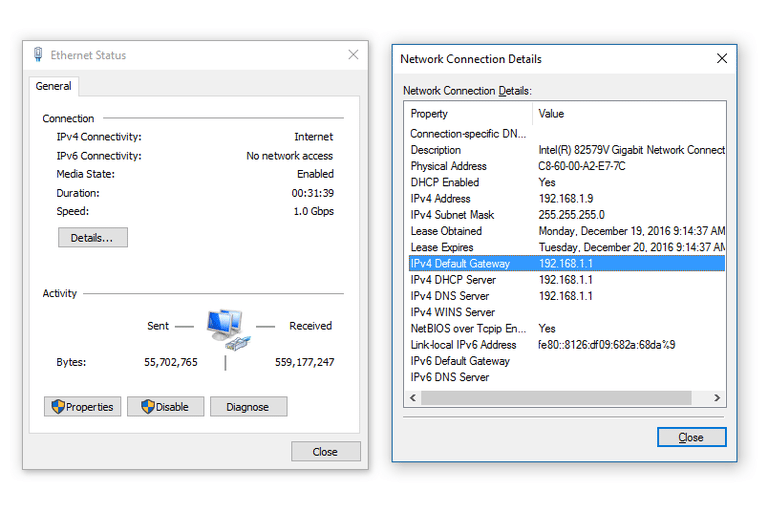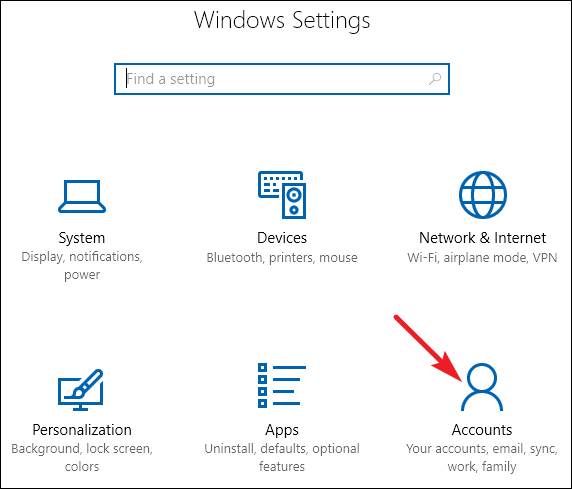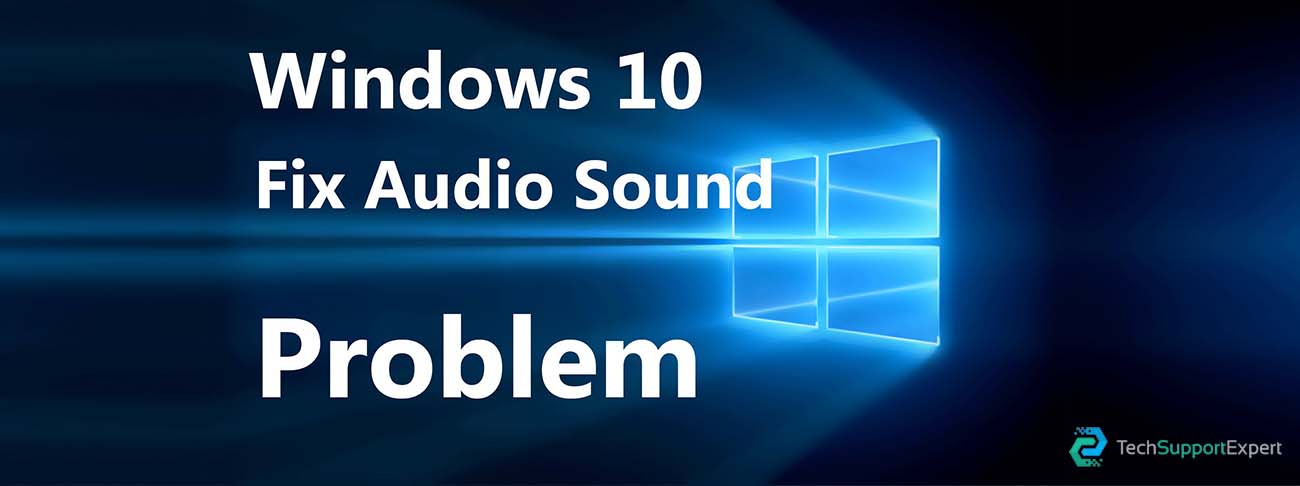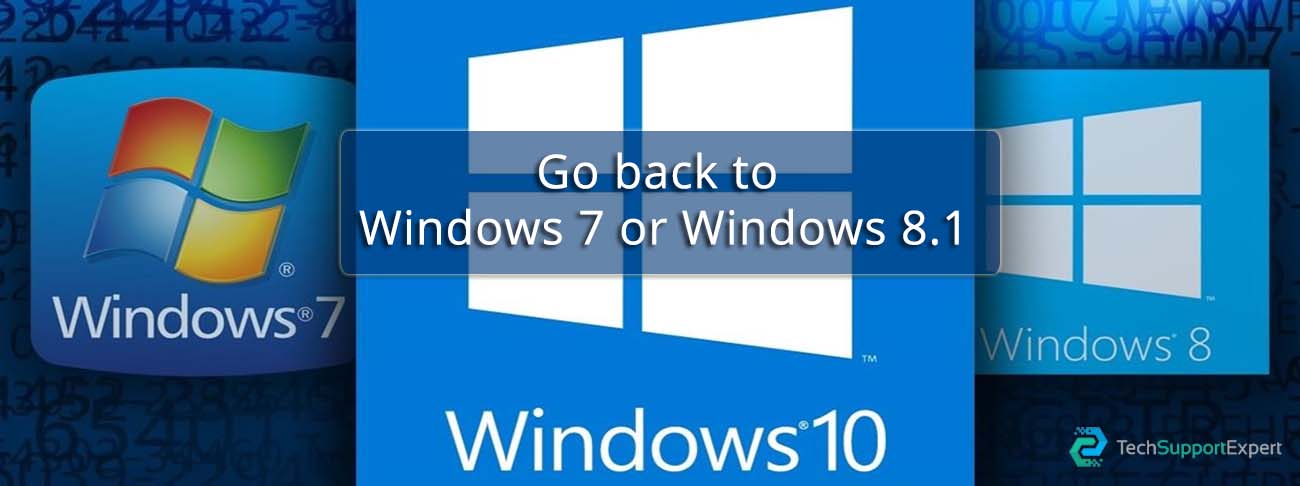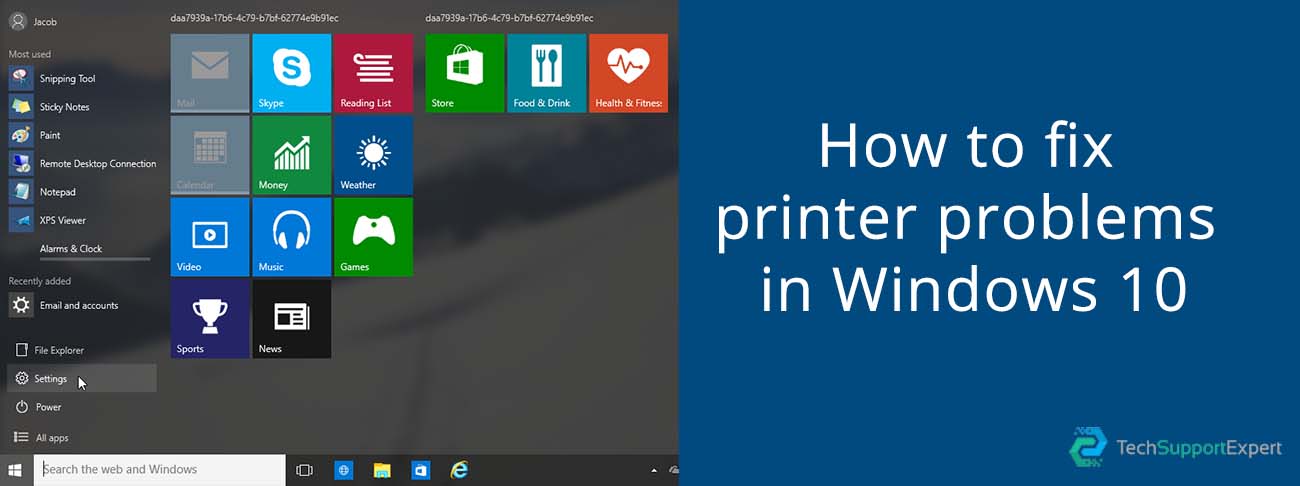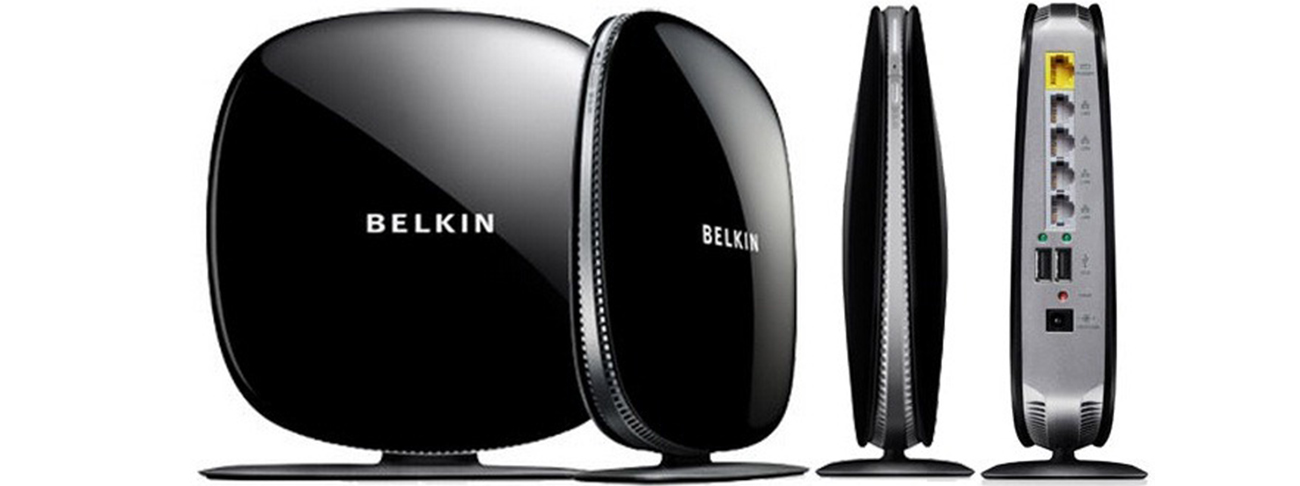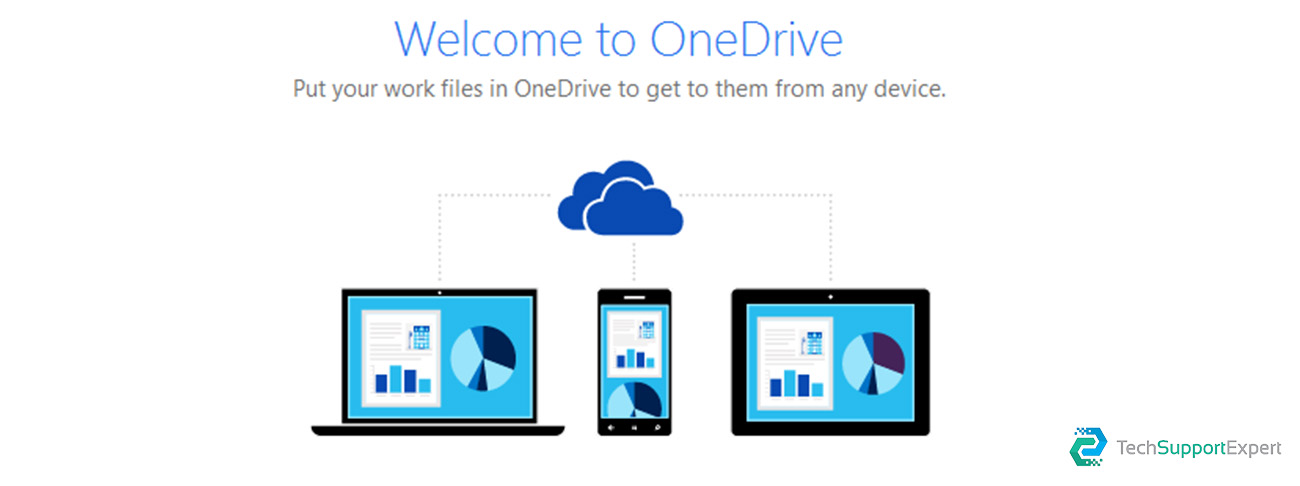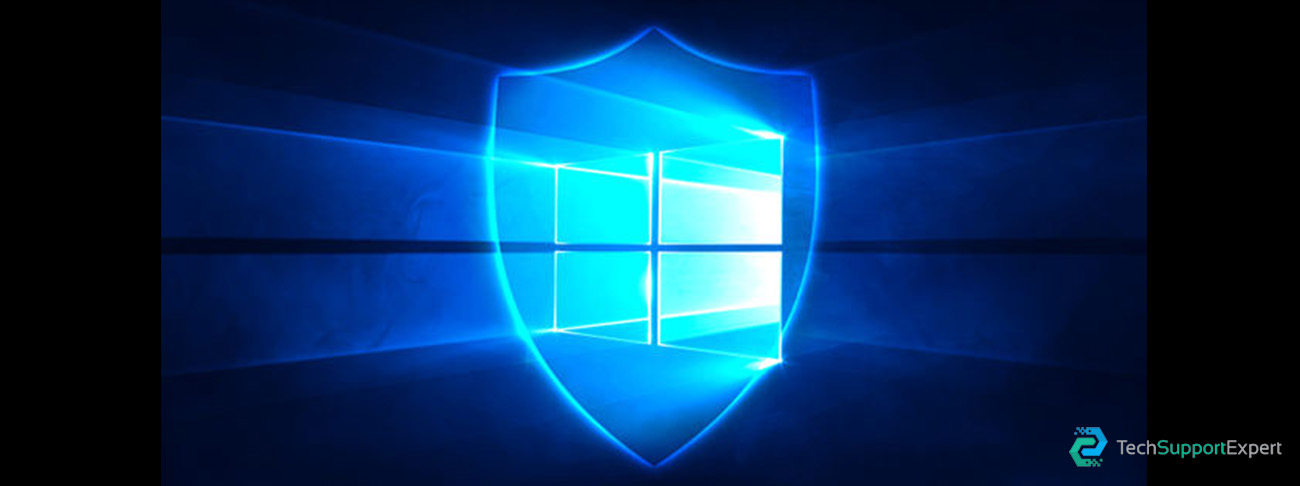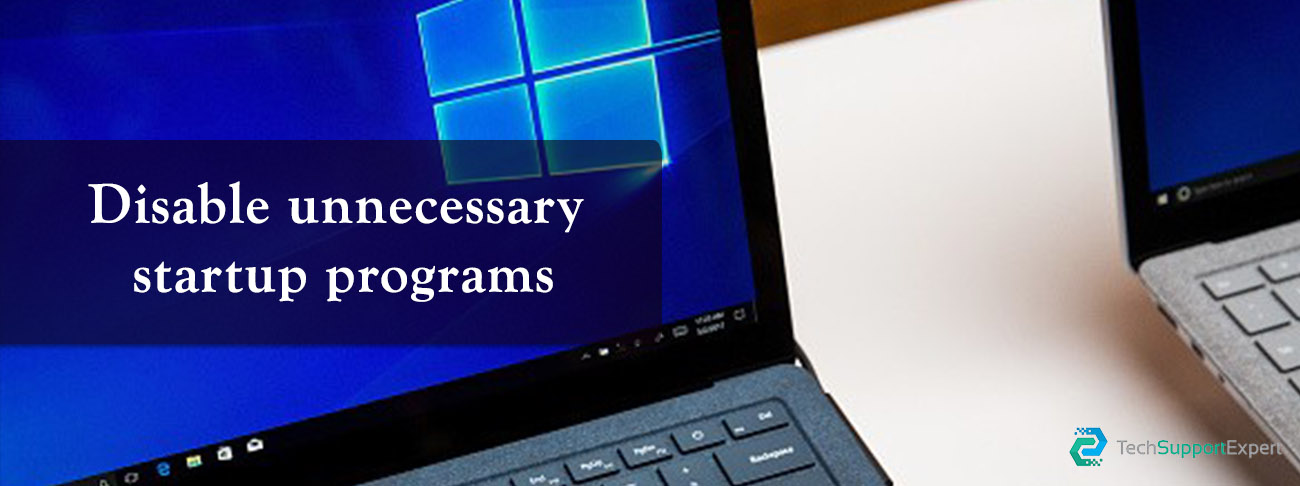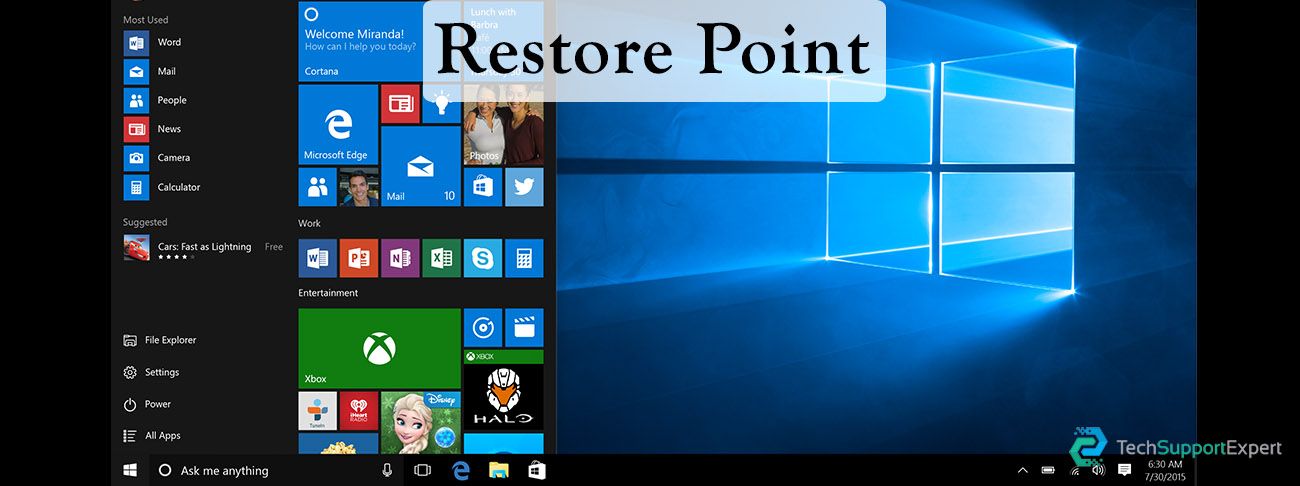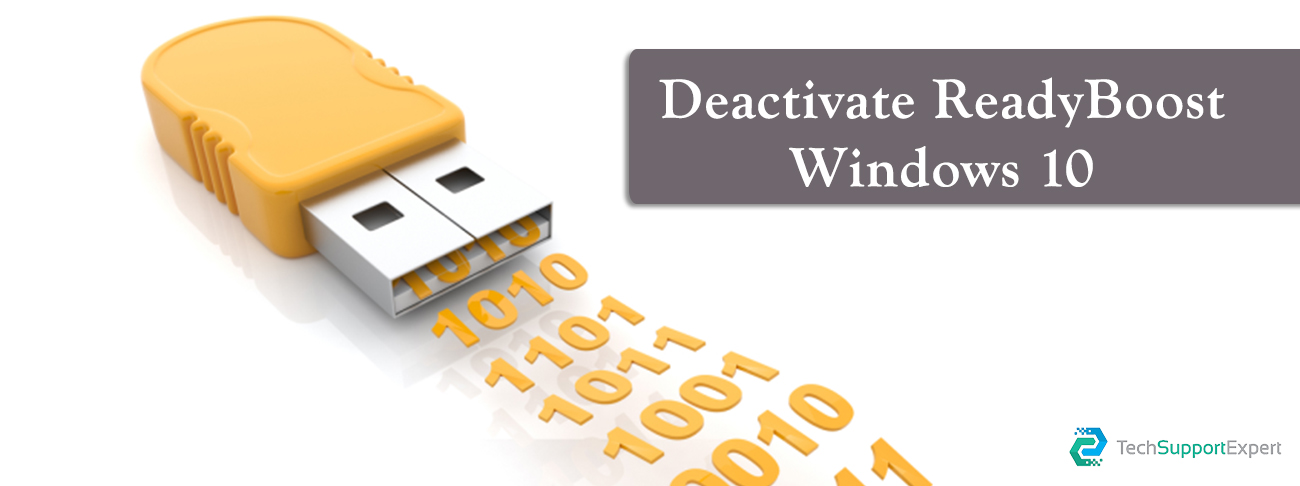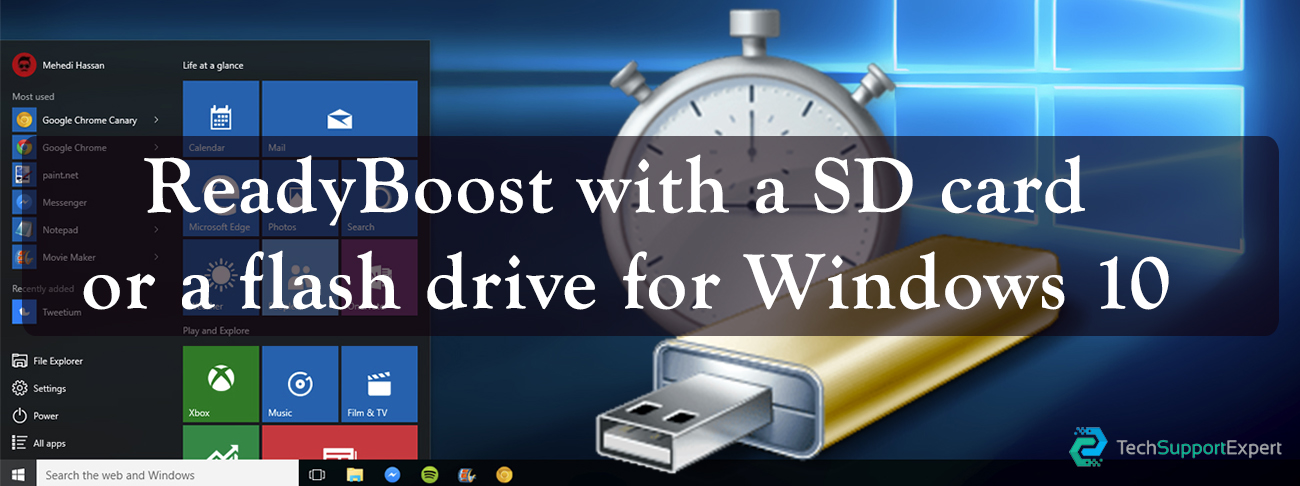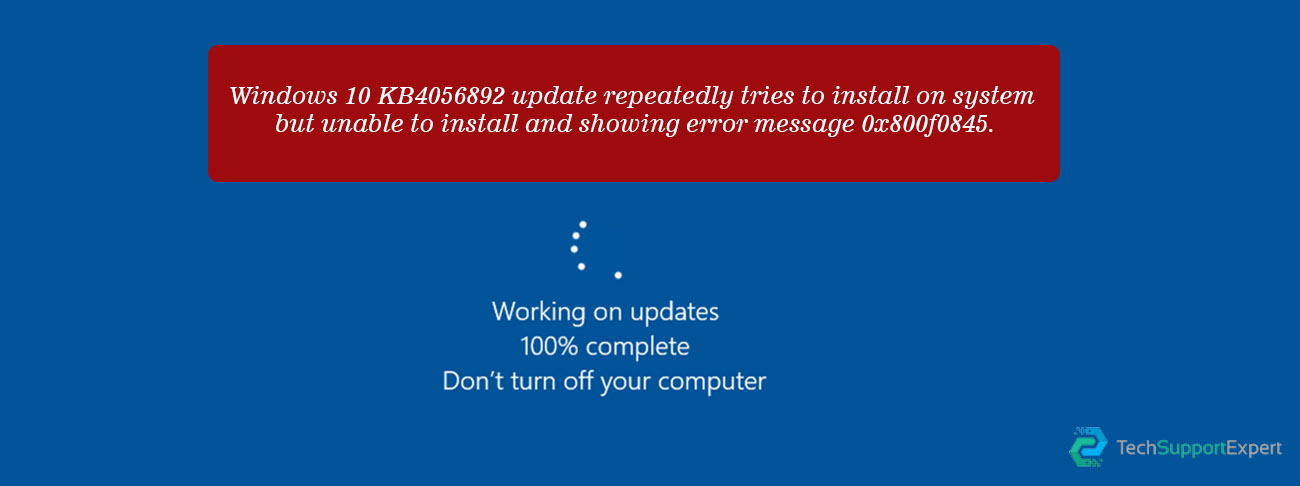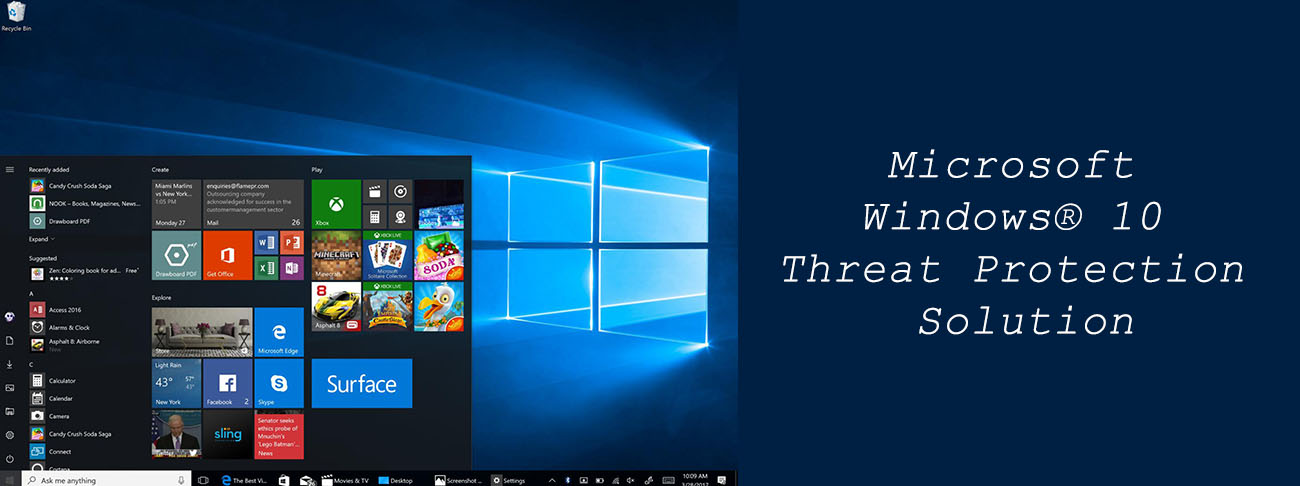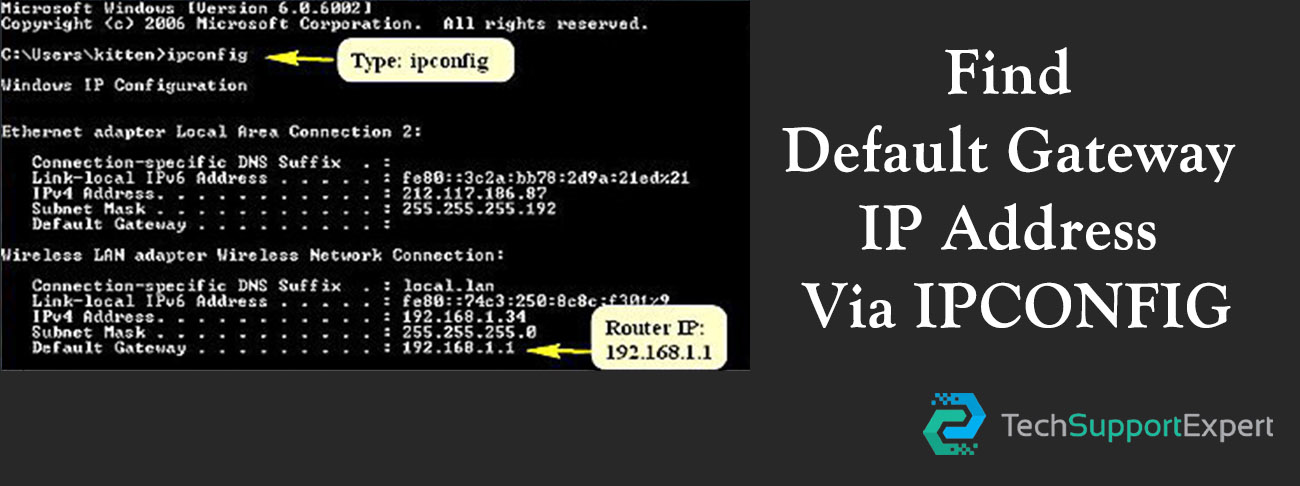Following steps will work to find the default gateway IP address on “basic” wired and wireless home and small business networks.
For larger networks having more than one router and simple network hubs, may have more than one gateway and more complicated routing.
- Open Control Panel, accessible via the Start Menu, at least in most versions of Windows.If you’re using Windows 10 or Windows 8.1, you can shorten this process by using the Network Connections link on the Power User Menu, accessible via WIN+X. Skip to Step 5 below if you go that route.
- Once Control Panel is open, tap or click on the Network and Internet link. This link is called Network and Internet Connections in Windows XP. You won’t see this link if your Control Panel view is set to Large icons, Small icons, or Classic View. Instead, tap or click on Network and Sharing Center and move on to Step 4. In Windows XP, click Network Connections and skip to Step 5.
- In the Network and Internet window.. .Windows 10, 8, 7, Vista:Tap or click on Network and Sharing Center, most likely the link at the very top.
Windows XP Only: Click the Network Connections link at the bottom of the window and then skip to Step 5 below. - On the left margin of the Network and Sharing Center window…Windows 10, 8, 7:Tap or click on Change adapter settings.
Windows Vista: Click on Manage network connections. - . On the Network Connections screen, locate the network connection that you want to view the default gateway IP for. In the most Windows computers, your wired network connection is probably labeled as Ethernet or Local Area Connection, while your wireless network connection is probably labeled as Wi-Fi or Wireless Network Connection.Windows can connect to multiple networks at the same time so you may see several connections on this screen. Usually, especially if your network connection is working, you can immediately exclude any connection that says Not connected or Disabled. If you’re still having trouble determining which connection to use, change the view to Details and note the information in the Connectivity column.
- Double-tap or double-click on the network connection. This should bring up an Ethernet Status or Wi-Fi Status dialog box, or some other Status, depending on the name of the network connection.If you instead get a Properties, Devices and Printers, or some other window or notification, it means that the network connection you chose does not have a status to show you, meaning it’s not connected to a network or the Internet. Revisit step 5 and look again for a different connection.
- Now that the connection’s Status window is open, tap or click on the Details…button. In Windows XP, you’ll need to click the Support tab before you’ll see the Details… button.
- In the Network Connection Details window, locate either the IPv4 Default Gateway or IPv6 Default Gateway under the Property column, depending on which network type you’re using.
- The IP address listed as the Value for that property is the default gateway IP address Windows is using at the moment. If no IP address is listed under either Property, the connection you chose in Step 5 may not be the one Windows is using to connect you to the Internet. Check again that this is the right connection.
- You can now use the default gateway IP address to troubleshoot a connection problem you might be having, to access your router, or whatever other task you had in mind.
Find Your Default Gateway IP Address Via IPCONFIG



